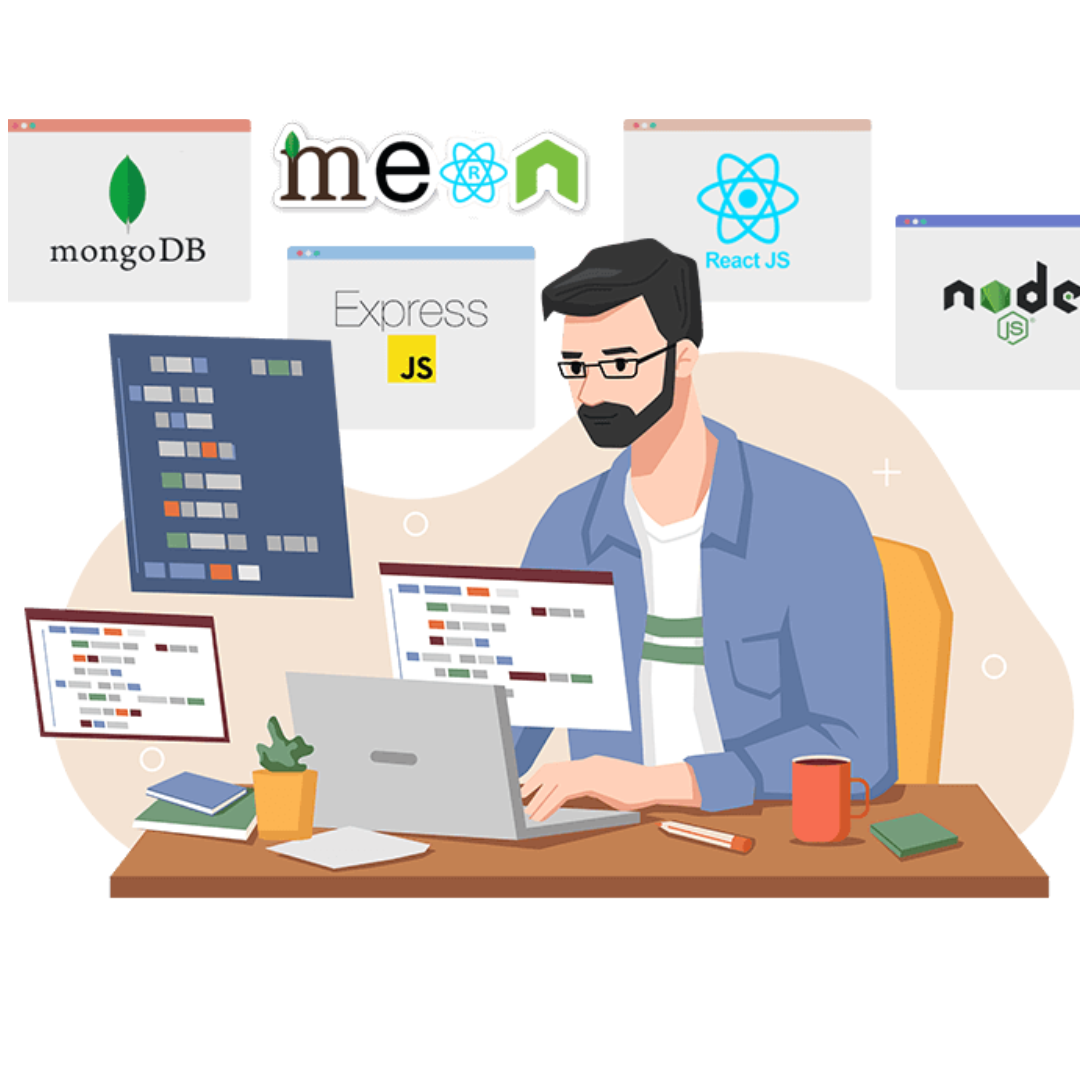
MERN Stack Roadmap – How to Learn MERN and Become a Full-Stack Developer
MERN Stack training in vizag
Ever wonder how contemporary web apps are created? How can you get proficient with the technologies such that you can create full stack projects on your own from the ground up?
I’m going to introduce you to the MERN stack in this handbook; it’s a popular technological stack that many top businesses have adopted. I’ll walk you through seven crucial steps so you may begin studying these technologies for yourself.
You will have a firm grasp on the MERN stack, its component technologies, and a variety of learning resources by the time you complete reading. Additionally, you’ll receive ten project ideas that you can work on and present in your portfolio.
Table of Contents
- What is the MERN stack?
- The MERN Stack Roadmap
- STEP 1: Learn the right amount of HTML, JavaScript, and CSS
- STEP 2: Get familiar with React
- STEP 3: Understand REST API’s and how a backend server works using Express/Node
- STEP 4: Storing data with MongoDB and Mongoose
- STEP 5: Writing tests
- STEP 6: Using Git
- STEP 7: Deployments
- Top Resources to learn the MERN Stack
- 10 project ideas you can try today
- Wrapping up the MERN stack journey
A unified collection of technologies called the MERN stack—which includes Express.js, React, Node.js, and MongoDB—is used to create scalable and effective online applications.
The reason for its widespread appeal is the smooth combination of all its elements: the adaptable data management of MongoDB, the effective server-side networking of Express.js, the dynamic user interfaces of React, and the robust back-end runtime environment of Node.js.
The MERN stack is a smart choice for novices since it employs JavaScript throughout all tiers, making the learning curve less complicated. Its consistency, together with a vibrant community and a wealth of educational materials, make it an approachable and useful toolkit for everyone wishing to get started with full-stack programming.
The sector also makes extensive use of the MERN stack, which is preferred by both large corporations and startups because to its effectiveness and the solid, contemporary web applications it can
MERN Stack training in vizag
![]()
The MERN stack uses JavaScript heavily, so its a natural first step to learn. In this section you will look at the main things you will use day-to-day when creating full-stack MERN apps.
Understanding JavaScript is like knowing the right amount of ingredients needed for a recipe. You don’t need to master everything at once, just the essential ingredients that make your particular dish (or your web project) come to life.
Variables
Variables in JavaScript are like labelled jars in your kitchen. You can store things in them (like numbers, text) and use these jars later in your cooking (or coding).
Example: A variable storing the user’s name, so you can use it later to say “Hello, [Name]!”
Functions
Functions are like recipes in a cookbook. They are sets of instructions that perform a specific task. You can reuse these recipes whenever you need to perform that task again.
Example: A function that calculates the total price of items in a shopping cart.
Objects & Arrays
Objects are like information cards holding details about something (like a contact card), and arrays are like lists.
Example of an Object: A card holding a user’s information (name, age, email).
Example of an Array: A list of all the user’s favorite book titles.
If/else Statements, Switch Statements
These are like decision-making processes. If/else statements are like choosing what to wear based on the weather, and switch statements are like a more complex decision, like choosing what to cook based on multiple ingredients you have.
Example: If it’s raining (if), take an umbrella (else), take sunglasses.
Callbacks/Promises/Async Await
These are ways to handle tasks that take some time, like ordering food and waiting for it. Callbacks are like calling a friend to do something when they’re free. Promises are like your friend promising to do it. Async-await is like making a plan to do tasks one after another in an organized way.
Example: Ordering a coffee (a task) and waiting to get it before leaving the cafe (ensuring order of actions).
ECMAScript (Template Strings, Destructuring Assignment, Spread Operator, Default Parameters, and so on)
These are advanced tools and shortcuts in JavaScript to make coding easier and cleaner. It’s like having a food processor in your kitchen that makes chopping and mixing faster and more efficient.
Example: Automatically creating a welcome message like “Hello, [Name]!” without manually joining words and variables.
TypeScript
TypeScript is like JavaScript but with more rules for organizing your code (like a more detailed recipe book). It helps in managing larger projects by adding types to your code, making sure you don’t mix incompatible ingredients. This guide teaches you TypeScript basics.
Example: Specifying that a function should only take a number as an input, not text or anything else.
MERN Stack training in vizag
STEP 2: Get Familiar with React
![]()
When you feel comfortable working with JavaScript, it’s time to explore the exciting field of frontend programming.
Popular JavaScript library React.js is well-known for its effectiveness in creating dynamic, interactive web pages and is utilized in the development of user interfaces. It makes it possible for programmers to design expansive online apps that have the ability to modify data without refreshing the page, improving user experience.
A selection of frequently asked questions about working with React is provided below.
Components
Think of components as individual LEGO blocks in a large LEGO model. Each block is a small, reusable piece that you can use to build different parts of your web application.
Example: A ‘button’ component in a website that can be used in many places, like for submitting a form or closing a pop-up.
JSX (JavaScript XML)
JSX lets you write your website’s design code (like HTML) inside your JavaScript code. It’s like writing the recipe and the cooking instructions in one place for easier reference.
Example: Writing a piece of JSX code that includes both JavaScript and HTML-like tags to create a user login form.
Props (Properties)
Props are like instructions or settings you pass to your LEGO blocks (components) to tell them what they should look like or do.
Example: Passing a ‘color’ prop to a ‘button’ component to make it red or blue depending on the situation.
STEP 3: Understand REST API’s and how a backend server works using Express/Node
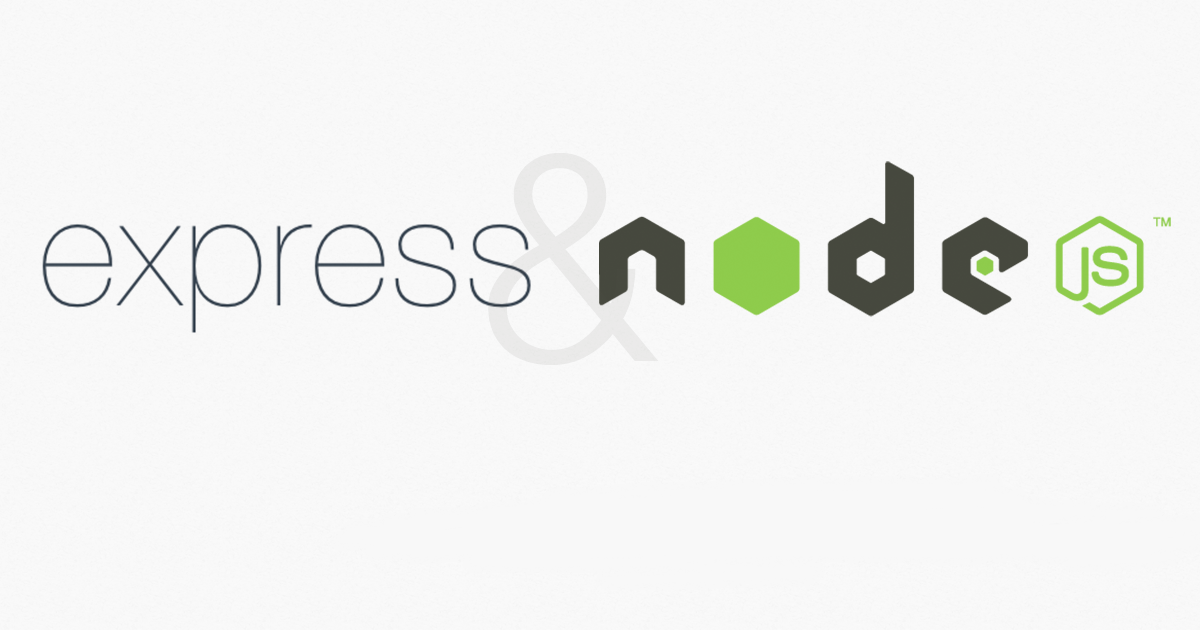
For any UI to function, it must have a mechanism to store and retrieve the data required by the frontend. Here’s when our backend gets involved.
The backend of the MERN stack consists of three primary components: a database, a Node.js server, and Express. As they are closely related, we will concentrate on the Express/Node components of the MERN stack for the time being, before moving on to the database.
Express.js is a versatile and lightweight framework for Node.js that facilitates the rapid development of web apps and REST APIs. The combination of Node.js with JavaScript is a popular choice for backend development since it enables the creation of scalable server-side applications.
Node.js: Web Application Development Foundation
Consider Node.js as the basis for building a contemporary
Packages & Modules: Ready-Made Parts
Modules in Node.js are similar to prefabricated parts or units of a home (such as a kitchen or bathroom suite) that you can easily select and include into your construction project.
Example: Including a “date-time” module in your web application to show the dates and times as of right now.
NPM: Node Package Manager: The Material and Tool Store
NPM functions as a sizable warehouse where you may locate any kind of equipment and supplies (modules) you might require. It serves as a hub for obtaining extra materials needed to develop your web apps.
Using ‘body-parser’ installed from npm to manage JSON data in your web application is an example.
STEP 4: Storing data with MongoDB and Mongoose

MongoDB is a NoSQL database that is perfect for handling massive volumes and a variety of data kinds since it provides excellent flexibility and scalability for data management and storage.
With its simple schema-based approach to modeling application data, Mongoose is an Object Data Modeling (ODM) module for MongoDB that improves database interface through practical features and validation.
A NoSQL Database Is MongoDB
A kind of database called MongoDB uses an adaptable format for storing data that resembles JSON. It differs from conventional databases, which make use of tables and rows, in this way. It is incredibly scalable and works well with massive data volumes.
For illustration, consider storing user profiles in MongoDB, where each profile may have a variety of fields.
Compilations and Records
‘Collections’ in MongoDB are collections of data that resemble
STEP 5: Writing Tests

In software development, testing serves as a kind of safety check to make sure your application functions as intended. In the development process, finding defects or flaws before your users does is an essential stage. Consider it similar to editing an essay or inspecting a car before a long drive: it assists in identifying and resolving issues early on.
There are various forms of testing, and each has a distinct function:
Testing Units
The simplest type of testing is this one. This is where you test specific code segments (such as functions or components) separately. It is analogous to inspecting every lightbulb in a Christmas light string.
Tools like Jest or Mocha are frequently used for this in the MERN stack. They permit you to write brief
STEP 6: Using Git
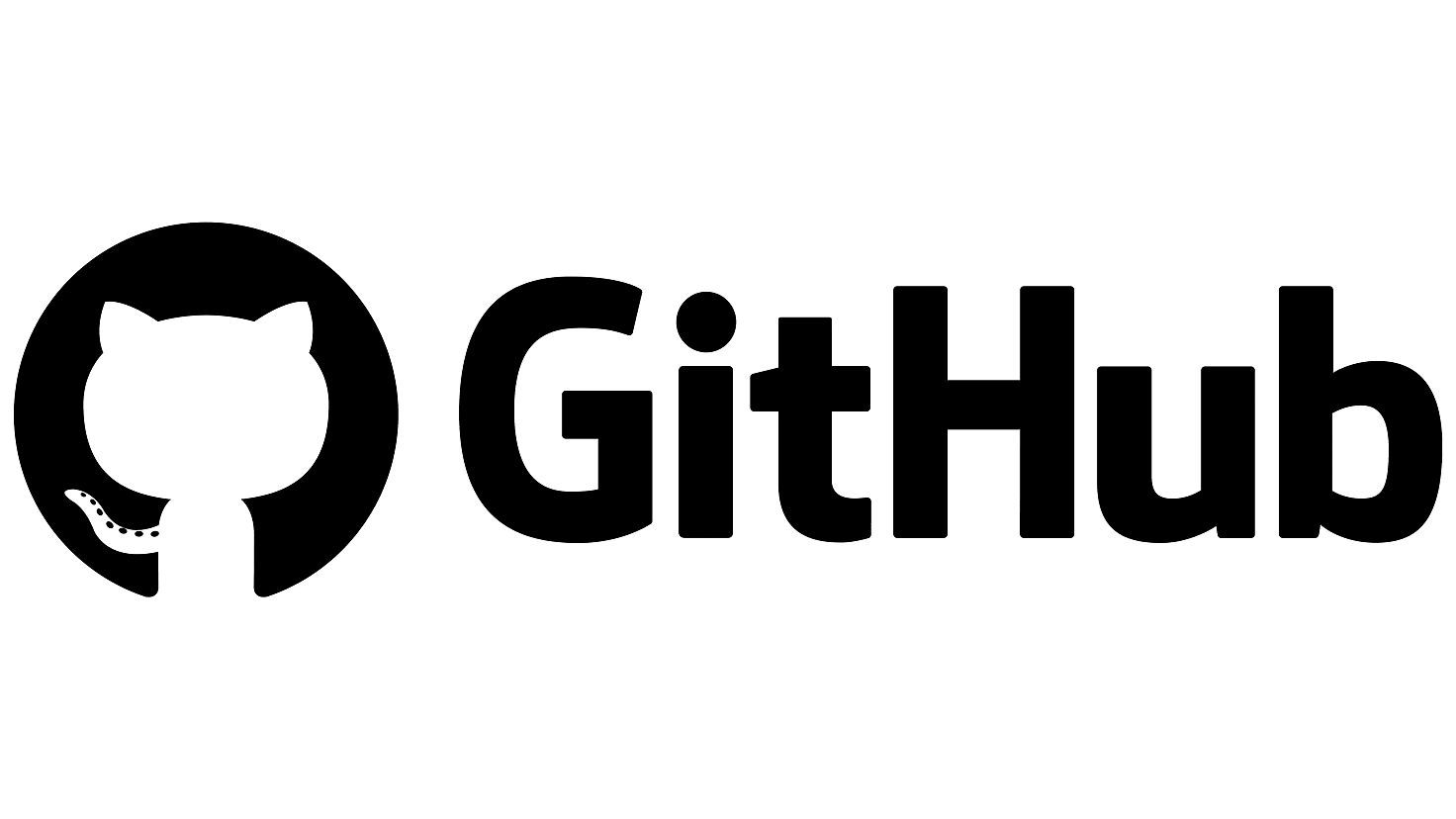
Git is a version control system, a tool that tracks changes in your code over time. Think of it like a detailed diary for your coding project. Every time you make changes to your code, Git keeps a record of what was changed, when, and by whom. This becomes incredibly useful when you’re working on complex projects, like those involving the MERN stack.
Why is Git so important when building with the MERN stack, or any software for that matter?
Collaboration
Git is like a team playbook. It allows multiple developers to work on the same project without stepping on each other’s toes.
Everyone can work on different features or parts of the application simultaneously (like MongoDB database schemas, React components, or Express.js routes). Git helps manage these contributions, ensuring changes can be merged smoothly into the main project.
Tracking Changes
Imagine you’ve made changes to your React component, and suddenly things aren’t working as they used to. Git allows you to go back in time and see what changes were made and by whom.
This historical data is invaluable for understanding how your project evolved and for fixing issues without having to start from scratch.
STEP 7: Deployments
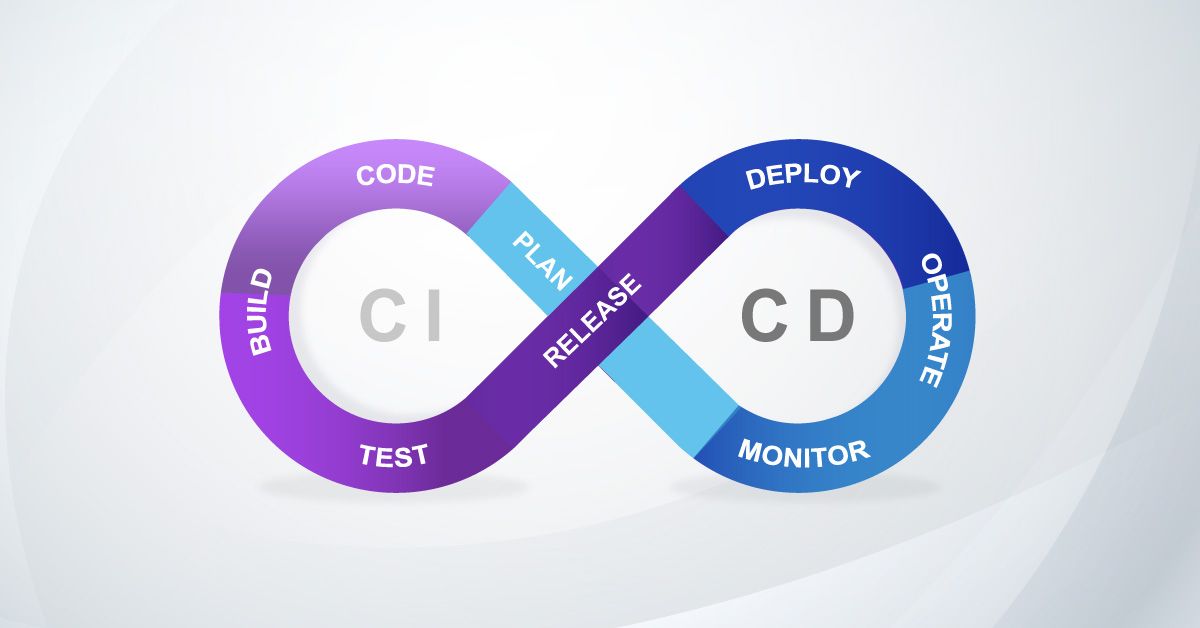
The process of taking developer-written code and putting it into a live environment where users can interact with it is called code deployment.
Within the framework of the MERN stack, which includes technologies like as Express.js, React, Node.js, and MongoDB, deployment signifies the last phase of the process of realizing a full-stack application.
Assume you have developed your web application like a house. Moving anything from the development environment, or the construction site, to its permanent home, or the production environment, is what deployment is like. To make sure that everything operates as intended when users access your app, this procedure entails a few crucial phases.
Getting Ready for the Rollout
You must prepare your application before deploying. To do this, make sure your code is comprehensive and tested.


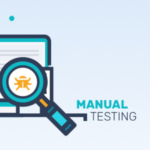 Previous Post
Previous Post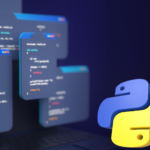 Next Post
Next Post